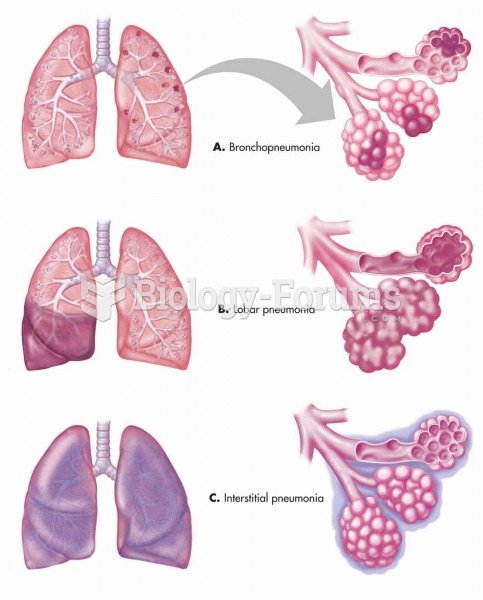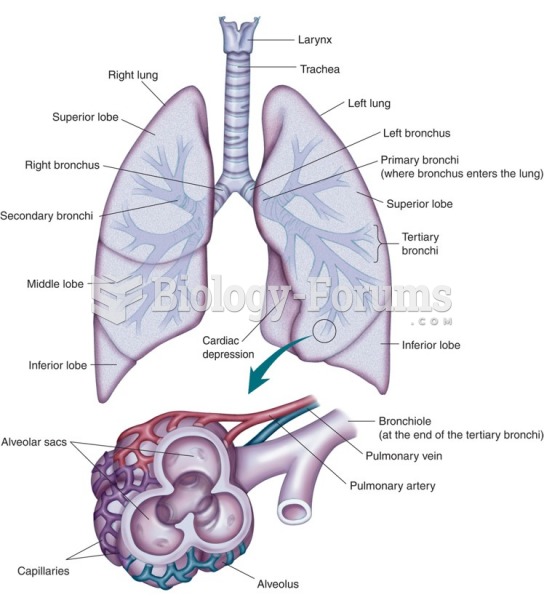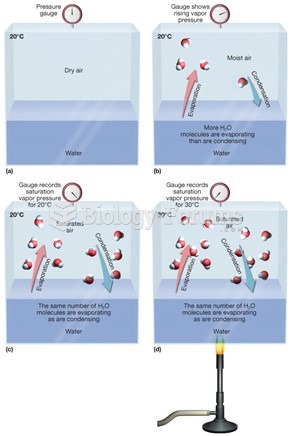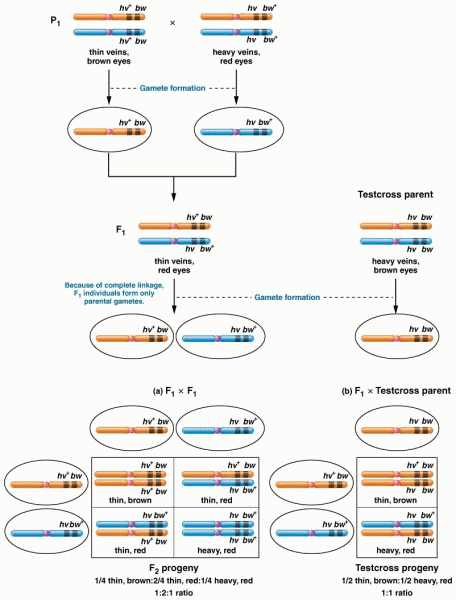|
|
|
During pregnancy, a woman is more likely to experience bleeding gums and nosebleeds caused by hormonal changes that increase blood flow to the mouth and nose.
Asthma occurs in one in 11 children and in one in 12 adults. African Americans and Latinos have a higher risk for developing asthma than other groups.
Adult head lice are gray, about ? inch long, and often have a tiny dot on their backs. A female can lay between 50 and 150 eggs within the several weeks that she is alive. They feed on human blood.
The most common childhood diseases include croup, chickenpox, ear infections, flu, pneumonia, ringworm, respiratory syncytial virus, scabies, head lice, and asthma.
Vaccines cause herd immunity. If the majority of people in a community have been vaccinated against a disease, an unvaccinated person is less likely to get the disease since others are less likely to become sick from it and spread the disease.
 (A) Bronchopneumonia with localized pattern. (B) Lobar pneumonia with a diffuse pattern within the l
(A) Bronchopneumonia with localized pattern. (B) Lobar pneumonia with a diffuse pattern within the l
 Midway Island, an inhospitable atoll acquired in 1867, was valuable as a military base located midwa
Midway Island, an inhospitable atoll acquired in 1867, was valuable as a military base located midwa





